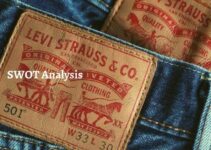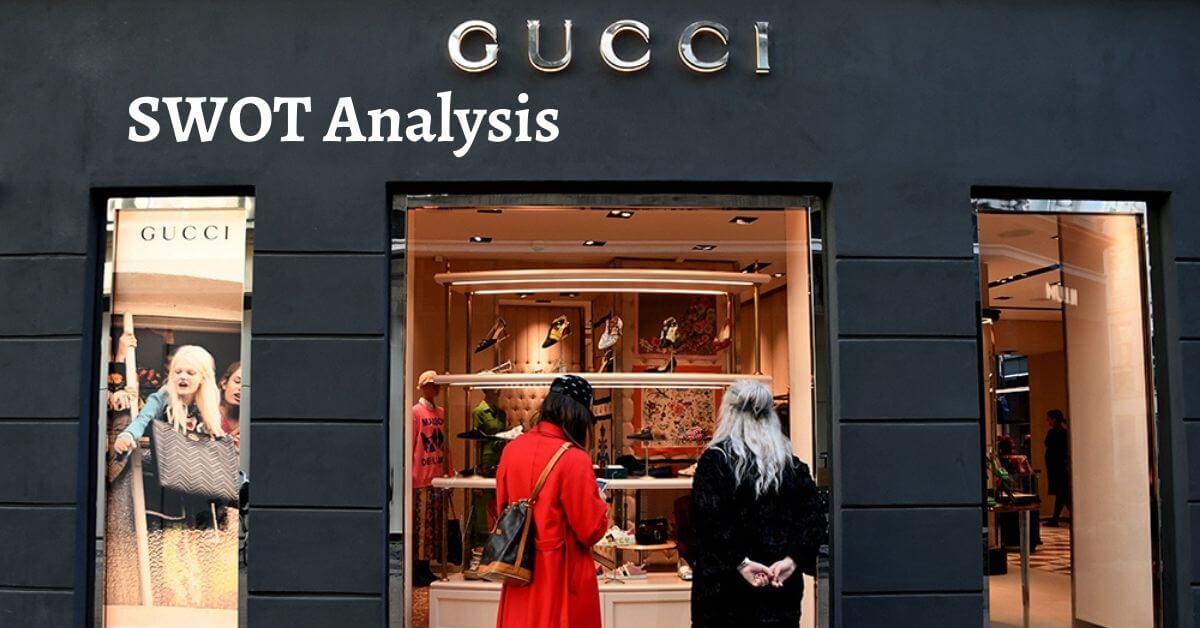SWOT Analysis of Christian Dior. Christian Dior SE is a luxury fashion French multinational company. Christian Dior laid the foundation of the fashion brand on 16 December 1946. The headquarters of the company is at 30 Avenue Montaigne, Paris, France.
Some of the main products and services of Christian Dior are as follows;
- Wine
- Watches
- Spirits
- Perfumes
- Jewelry
- Fashion Accessories
- Cosmetic
- Clothing
Some of the main business divisions of Dior are as follows;
- Perfume Christian Dior
- Dior Homme
- Christian Dior Cosmetics
Key statistical facts and figures about Christian Dior are as follows;
- The annual revenue of fashion brand Dior in 2022 was 50.6 billion US dollars
- Approximately 163,309 employees are working for the company to manage its worldwide operations
- The net profit of the company was 21 billion Euros
Some of the top competitors of Christian Dior are as follows;
- Hugo Boss
- Louis Vuitton
- Zara
- Prada
- Ralph Lauren
- Burberry
- Gucci
- Chanel
- Armani
- LVMH
- Yves Saint Laurent
- Versace
- Fendi
- GIVENCHY
- Farfetch UK Limited
Today, we’ll discuss the SWOT analysis of Christian Dior. It is going to focus on the internal strengths and weaknesses; external opportunities and threats to the luxury fashion brand. Here’s the SWOT analysis of Christian Dior as follows;
Strengths of Christian Dior
Some of the main strengths in the SWOT analysis of Christian Dior are as follows;
Powerful Legacy
Dior has been operating its business in the luxury fashion industry for the past roundabout 76 years. The fashion brand has established a large network over the years; it comprises approximately more than 210 stores across the world.
Product Portfolio
Dior has developed a well-diversified product portfolio in various categories. They’re like eyewear, footwear, perfumes, clothing, watches, and others. It allows the luxury brand to target various segments of the customer market.
Acquisition
Dior has successfully acquired the luxury fashion brand Louis Vuitton (the world’s largest luxury fashion brand). It was a great acquisition, and it helped the company amplify its customer market share and influence.
Unique Store Theme
Christian Dior has a network of more than 210 retail stores in various countries across the globe. Every brand retail store has a unique theme and structure, and it offers the company a unique brand identity and represents the luxury brand in a unique way.
Recognized Brand
Dior is a well-recognized brand in the luxury fashion industry. The company is operating its business in various countries across the world. Unique brand identity and recognition have helped the company to establish a strong name in the market.
Marketing
Dior engages in various types of marketing campaign strategies and employs various media channels for the promotion of its products and brand. For instance, the company organizes and conducts fashion shows, and employs celebrities and public figures as its brand ambassadors.
Weaknesses of Christian Dior
Some of the main weaknesses in the SWOT analysis of Christian Dior are as follows;
High Competition
Christian Dior is operating its business in the cutthroat competitive luxury fashion industry. High competition in a particular industry leaves limited market share for the rest of the brands; it is highly difficult for them to maintain their position in the market.
Fluctuating Exchange Rate
Dior is operating its business in various countries across the world. The currency exchange market keeps on fluctuating, and it impacts the company’s supply chain and distribution costs. The fluctuating costs and expenses impact the company’s revenue and profitability.
Opportunities for Christian Dior
Some of the main available opportunities in the SWOT analysis of Christian Dior are as follows;
Partnerships
Dior should establish partnerships and alliances with the world’s leading chain hotels fashion houses and stores. It allows the company to launch its products there, and it would increase the company’s market exposure and influence.
Developing Markets
The emerging markets in the developing countries hold significant potential and it presents a lot of opportunities. Dior should consider expanding its business in those markets; it would help the company to increase its network and ultimately more sales.
Green Activities
The consumer market has become highly cautious about environmental sustainability and green activities. Dior should consider engaging in healthy and environmentally sustainable activities, it would help the company increase the market share and customer attention.
E-commerce Platform
Online shopping trends have been increasing exponentially for the past few years. Dior should further develop its online e-commerce platform, it would help the company to increase its market share.
Threats to Christian Dior
Some of the main potential threats in the SWOT analysis of Christian Dior are as follows;
Economic Recession
The high unemployment rate and low purchasing power of people have made it difficult for the company to spend their income on luxury items. Rather their focus is on meeting the daily necessities rather than luxury items.
Designer Competition
There are various designers working in various categories, and they are offering their expertise to different brands. If a company hires renowned and expert designers, then it becomes difficult for Dior to launch new products without them.
Conclusion: Christian Dior SWOT Analysis Example Company
After an in-depth study of the SWOT analysis of Christian Dior; we have realized that Dior is the world’s leading luxury fashion brand. If you are learning about the business of luxury fashion brand Dior SWOT, then you should keep in mind the abovementioned internal and external factors.

Ahsan Ali Shaw is an accomplished Business Writer, Analyst, and Public Speaker. Other than that, he’s a fun loving person.


